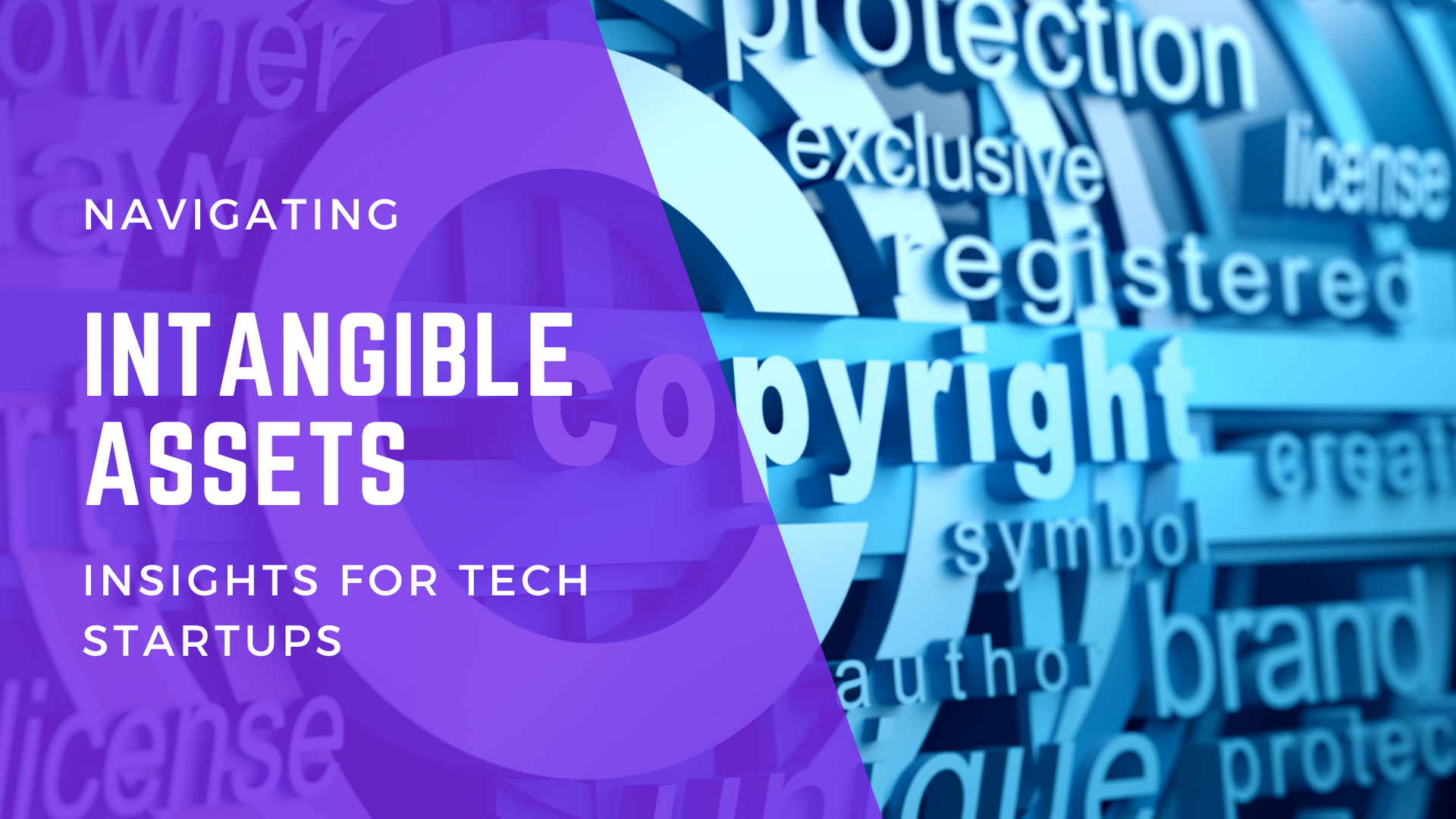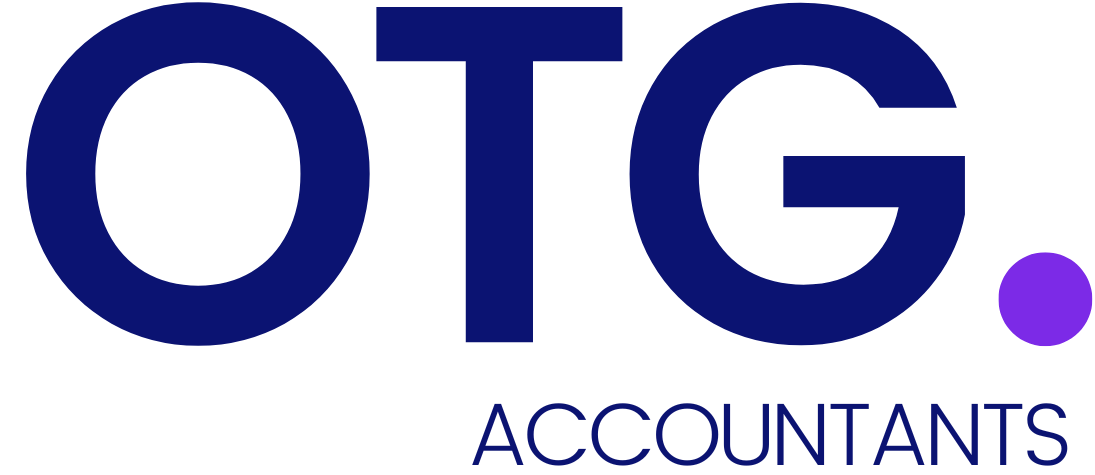What is net cash burn rate and how can you calculate it?
Most companies measure their success by calculating how much money is being brought into the business.
What can sometimes be forgotten is how quickly money is spent, which is just as important, especially if you are a startup. How quickly you are getting through your cash reserves is known as net cash burn rate and keeping a close eye on this figure is crucial to success.
Net cash burn rate is usually calculated every month, but sometimes this is done quarterly or even yearly. When a business is starting, this can be very useful as it often predicts when you will become profitable. A burn rate can also show how long your business can operate before running out of cash - this is known as ‘runway’ and is calculated in months. Investment banking company JP Morgan suggest that start ups should have at least
12-18 months runway which allows time for projects to deliver value plus some extra time to arrange additional funding.
Keep in mind, net cash burn rate doesn’t include outstanding obligations, money transferred into other accounts or money that is promised and hasn’t arrived yet.
Calculating Net Cash Burn Rate
Calculating your burn rate is a lot simpler than you’d think. There are just two types you need to know about.
Gross Burn Rate: This is the amount of cash that you have spent in a month. It doesn’t take your total revenue into account.
Net Cash Burn Rate: This takes your revenue from cash into account as well as the cash lost in any single given month. Simply put, you just take away revenue from spending and use that number to calculate the rate. This will help start-up businesses understand how much they need to make before they break even.
You can also calculate your burn rates with or without your venture capital. Don’t worry if this seems like a lot to take in. If you’re a new startup or a sole trader, it’s worth taking the time to do this work now and make it part of your monthly routine from day one. If you need extra help with anything or want some extra information, get in touch. We can arrange a free chat at a time that suits you.
Example cash burn and runway calculation
Company A has investment of £1m, cash in the bank. Monthly operating expenses are £55,000 and is currently achieving £5,000 of income per month. Using the information above, we know that the gross burn rate is £25,000 and the net cash burn rate is £55,000-£5,000 = £50,000 per month.
With £1m in the bank and a net burn rate of £50k, the company has a runway of 20 months to become profitable.
How often should I adjust my burn rate?
You might calculate your net cash burn rate and realise, it’s higher than you thought. It’s always important to keep an eye on your financial outgoings and keep check of what your runway is. Tech startups should do this frequently, at least once a quarter to ensure that they aren’t at risk of becoming insolvent.
It’s smart to look at what your recurring monthly purchases do for you, especially if you’re a startup. If you have a lot of subscriptions and direct debits, there may be costs that can be trimmed without materially affecting your ability to grow your business. You may be surprised at the results when you take the time to look. You might have some outgoings that aren’t of any benefit at all and reducing these will reduce your cash burn rate and have a positive impact on your bottom line.
Other options apart from cost reductions
- Generate additional cash from sales and marketing.
- Invest in research and development to generate growth.
- Sell company assets.
- Raise external finance by issuing debt or equity.
Talk to us
To discuss net cash burn rate or anything else affecting your startup, get in touch with our client relationship partner David Masih. He can explain how our services and advice can benefit your business - including tax mitigation strategies - during a no-obligation chat. Give us a call on 03330 067 123 or email info@onthegoaccountants.co.uk.
Check out our
testimonials to see how we help people just like you.





